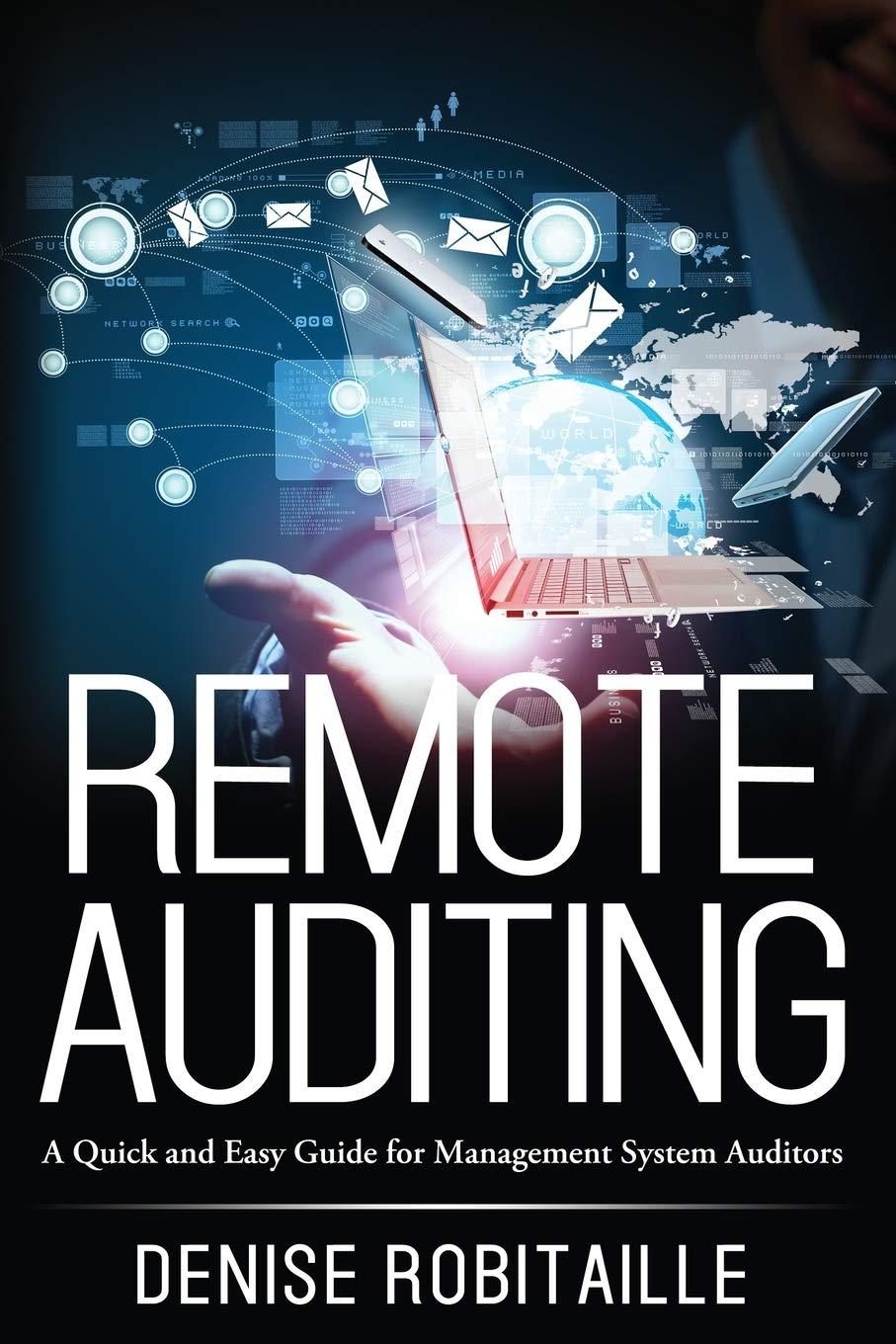Question
(a) please identify three (3) Regulators, that would have interest in commencing an enforcement action against Myles Longbottom, his employer, his associates or any officer
(a) please identify three (3) Regulators, that would have interest in commencing an enforcement action against Myles Longbottom, his employer, his associates or any officer of his employer or SBI,
(b) describe which parties such Regulators might consider potentially unlawful (or unethical) and
(c) why such activity is unlawful or unethical (i.e. what Regulatory Purpose does such action violate).
Myles Longbottom is a stock trader at a First Equity, a large national broker dealer. He just completed his MBA at a Sacred Heart University. While in graduate school, he and a classmate, Terry Dactyl, developed a business plan to sell and market Switchblade womens shoes which are high heal womens shoes that can collapse to flat shoes. Myles and Terry initially formed Switchblade, Inc. (SBI) and needed initial seed money to make a prototype of the Switchblade shoe to start their new business venture.
Myles, who was still working, as a broker at First Equity, has a number of elderly clients that are retired and have limited trading activity. To get higher commissions (to earn the needed seed money) he sells assets in his clients existing portfolio and shortly thereafter re-purchases the same securities. This generates commission and leaves his clients portfolio in a similar position (except for the commission expense).
Terry also, starts moving his clients into Super Safe One Unit Trusts, which are a group of mutual funds that holds a portfolio of ostrich farms around the world and are wholly owned and managed by the CEO of First Equity. These Super Safe One funds pay four-times the commission to Myles as traditional mutual funds. Myles does not disclose to his clients the relationship of Super Safe One Funds to the CEO of First Equity nor that he receives a higher commission. He also hides the fact the funds are risky ostrich farms and focused his clients on the Super Safe One name as a way to make them feel like the investments are low risk. First Equity does not have policies and procedure in place to detect Myles sales and repurchases of similar securities. First Equity has formal training to instruct its brokers to aggressively move clients to Super Safe One Funds. It also provides marketing material that tout that they are Super Safe (even though disclosing in small print that the investments are primarily in ostrich farms that are highly speculative and very risky).
With the seed money earned from Myles employment with First Equity, SBI builds a prototype of the switchblade shoe. While testing the prototype, cash in SBI was tight. Myles, started applying for numerous corporate credit cards to borrow money to pay SBI expenses. In each credit card application, he provide false SBI financial statements that show sales and pre-orders of the switchblade shoes that were non-existent. He also would kite checks to pay the minimum balance of each credit card from checking accounts that did not have sufficient funds.
The prototype of the switchblade was a complete failure. The switchblade mechanism that raised and lowered the shoes heal could not take the pressure that accompanies normal wear by an average user of high heal shoes. It would fail 100% of the time after approximately 3 uses and often caused twisted and broken ankles.
Myles believed that the idea was still good and that he just need time to fix the problem. Myles called a press conference of the fashion world to fraudulently announce the complete success of his prototype Switchblade shoe and that he is taking SBI public in an IPO. He prepared a prospectus and related registration statement that included the same fraudulent financial statements that he used for the companys credit card applications. The financial statements appeared more credible because he had them audited by a CPA firm that was a sole proprietor that was willing to issue the audit opinion (without conducting the audit) for a % of the IPO shares. He also included in the prospectus that SBI had significant Pre-Orders from top retailers (even though they did not exist) and how the Switchblade technology was revolutionary and provides for stable use for years (even though the actual tests stated that the shoe were dangerous and not practical or reasonably wearable).
SBI closed on the IPO and raised $10M. Myles plans on paying back all the un-reported credit card debt by using the proceeds from the IPO and reporting the payments as Research and Development expenses. He also plans on developing a new prototype shoe with the IPO proceeds and then selling them as if the new shoe was the original prototype. He hopes this will make SBI successful. He is concerned, however, that his engineers do not have a solution that would allow a retractable heal to have the strength necessary to withstand the normal wear and tear of daily walking. Terry, Myles business partner was fully aware of all of the details of Myles activities but was careful not to ever repeat any of the representations that were not truthful. He did not sign or attest to anything on behalf of SBI (i.e. credit card applications, registration statements, etc.). He did not affirmative correct the record and allowed Myles to misrepresent SBI. He also, decided to short SBI stock because he knew that there is no viable product and he believe he can profit from a downturn in the stock, if and when the product is determined to be a failure.
Step by Step Solution
There are 3 Steps involved in it
Step: 1

Get Instant Access to Expert-Tailored Solutions
See step-by-step solutions with expert insights and AI powered tools for academic success
Step: 2

Step: 3

Ace Your Homework with AI
Get the answers you need in no time with our AI-driven, step-by-step assistance
Get Started


